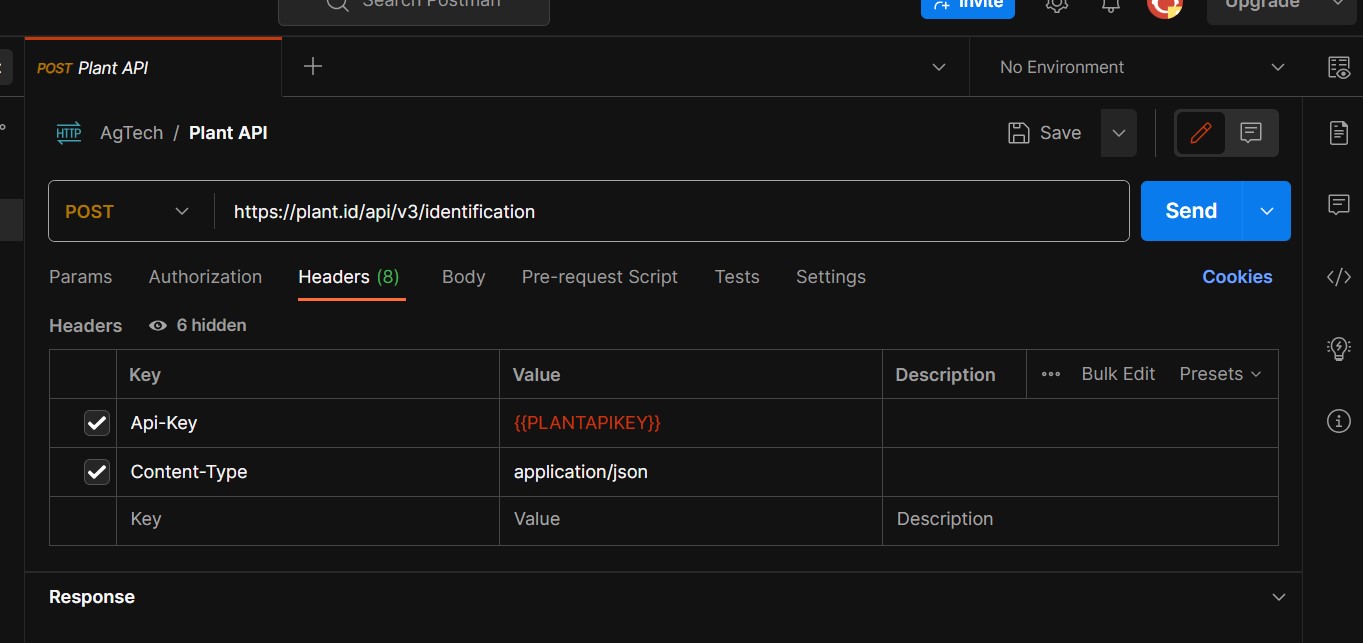Project Analysis
Contributing Factors to the Issue: Lack of information on plant diseases and deficiencies. Absence of standard operating procedures for observing and addressing plant abnormalities.
Strengths and Weaknesses Strengths include convenience and accessibility of APIs for quick issue identification. Weaknesses involve a lack of guaranteed accuracy, with results based on specific data.
Steps Taken Learned about JSON, Axios, APIs, Postman, and machine learning integration. Identified goals for fetching data. Executed troubleshooting, debugging, and testing.

What concepts have you learned from Change Food For Good’s Intro to AgTech course apply to your case? Through Change Food for Good’s Intro to Agtech Course, we have learnt about the need of technology in agriculture which includes how to create and API, code for fetching data of plant information and relevant functions and how to identify and create products to fulfill the needs and wants of clients.